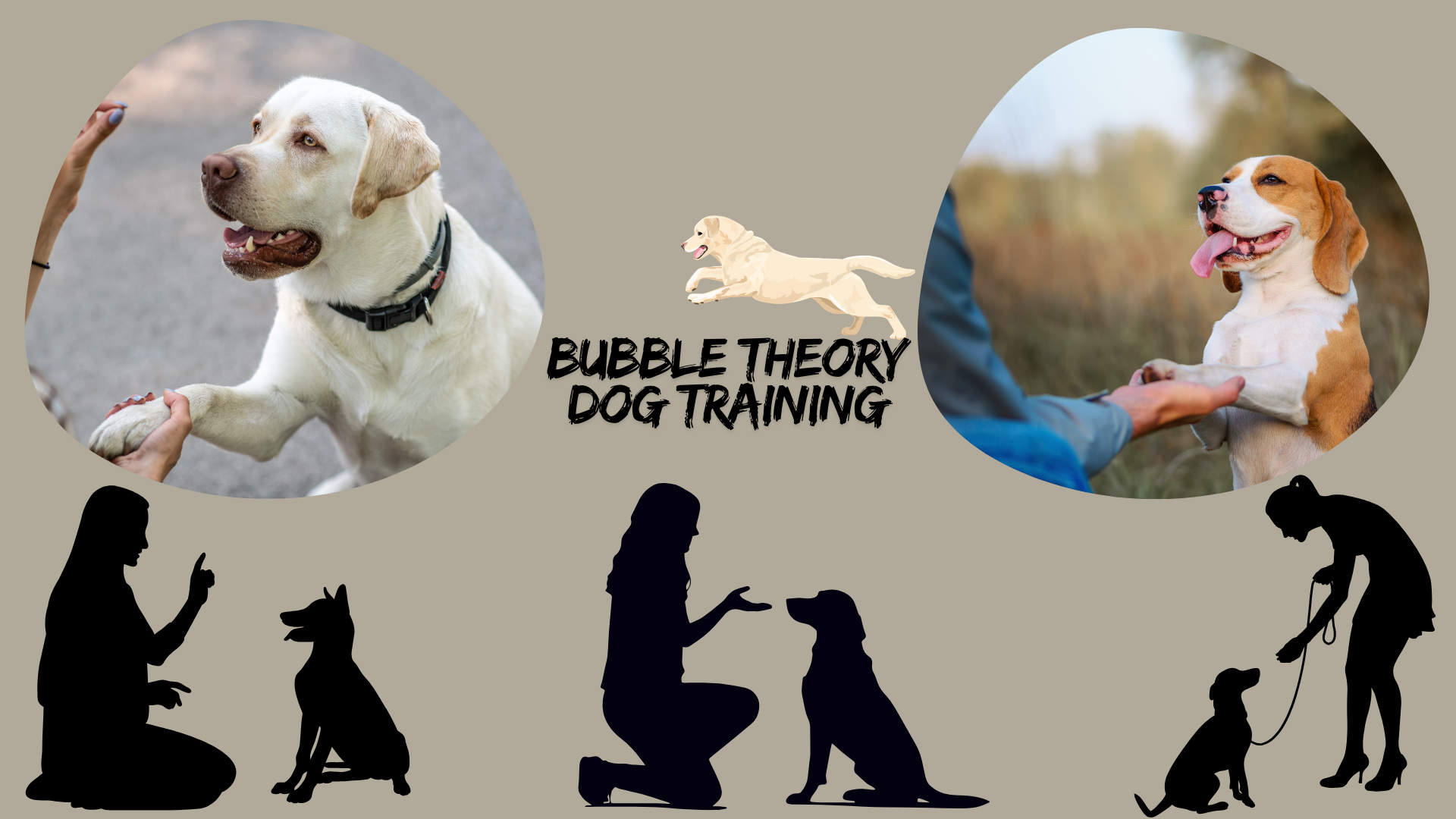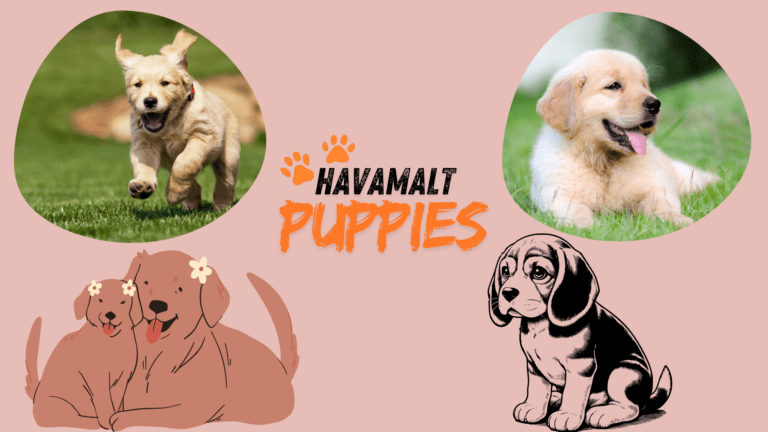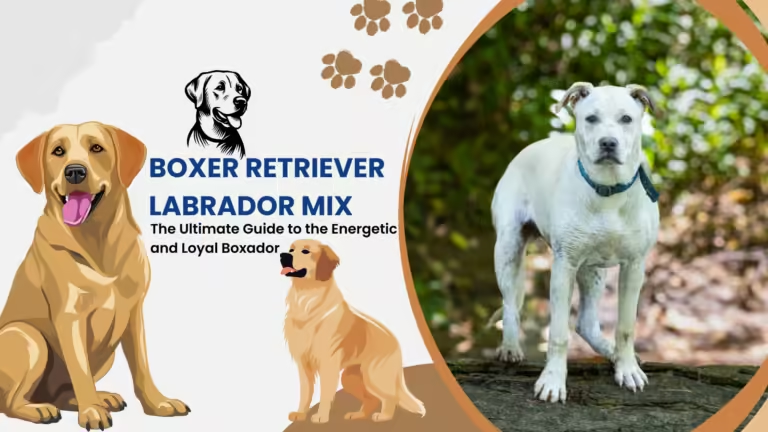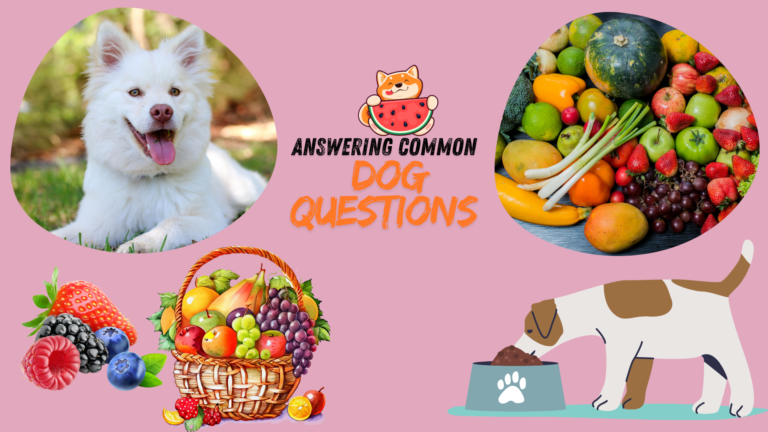Mastering Bubble Theory Dog Training: A Comprehensive Guide to Reducing Reactivity
This is one considerate form of managing a dog’s anxiety and reactivity through the bubble theory, which involves gradual exposure to her triggers. It does lower tension and respects the dog’s personal space or “bubble.” This method has more aptly suited dogs that react to other animals, strangers, or loud noises since the handlers will navigate the situation in a composed and gradual manner.
This training helps to facilitate the dog’s understanding and expansion of their ability to tolerate triggers closer without problematic behaviors, thereby gradually building up the dog’s confidence and emotional strength.
Understanding Dog Reactivity and Emotional Thresholds
Reactive dogs struggle with emotional thresholds, which are the points where they transition from being calm to exhibiting frantic behavior. Triggers, such as another dog passing by, can push them over this line, resulting in reactions like barking, lunging, or showing signs of fear. Every dog has an emotional threshold; however, the bubble theory gives you a leeway into living with the responses by demonstrating respect and incrementally blowing up their dog’s bubble.
This will also teach the owner to identify warning signs that could mean something might happen, for instance, lip-licking and yawning, thus they can intervene before reacting happens dogs to react. Owners utilize distance as a strategy to mitigate undesirable behaviors and foster trust with their dogs, receiving positive reinforcement for consistently using distance to maintain control unwanted behaviors.
What Is the Bubble in Bubble Theory?
This is referred to as the ‘bubble‘ the space that the dog requires to feel safe. When another dog or even a person encroaches upon this bubble, it can trigger a reactive response. The dimensions of the bubble differ based on the dog’s breed, temperament, previous experiences, and the nature of the trigger.
This is where the idea of bubble theory becomes relevant: it recognizes the dog’s personal space and gradually reduces it through controlled exposure. For instance, if a dog begins barking when another dog is 30 feet away, training will start at that distance and progressively work toward closer distances over time.
Benefits of Bubble Theory Dog Training
This method has several benefits, such as:
- Reduces reactivity. Reactivity has its decrease as the dog learns to be still about the trigger.
- Empowers owners. It, in this regard, builds confidence into the owner on how to handle situations effectively, thereby reducing stress levels for both the dog and the handler.
- Builds emotional resilience. It rids communication between dogs and owners based on body language but set within limits.
The concept of the bubble theory is helpful not only in public arena, such as in the park but also helps in day-to-day activities such as calmly walking past neighbors or visiting new places.
Which Dogs Benefit from Bubble Theory?
The bubble theory particularly holds good for the following types of dogs:
- Reactive dogs: Those that bark, lunge, or growl at other animals or unfamiliar people.
- Anxious dogs: Dogs that exhibit fear in new situations or unfamiliar surroundings.
- Rescue dogs: Those with a history of trauma, requiring gentle, patient teaching to function in the world.
- Socially challenged dogs: Dogs that feel overwhelmed in group settings or when around other animals.
Even an obedient dog needs bubble training when it exhibits occasional reactivity, such as leash frustration or fright at loud noises.
How to Use Counter-Conditioning with the Bubble Method
Counter-conditioning is the foundation of bubble theory. This involves replacing a dog’s negative emotional response with a positive one by using rewards when the dog is exposed to a specific stimulus. There are procedures involved in counter-conditioning:
- Identifying a Trigger: How far is the trigger from the dog when it elicits a reaction.
- Pairing the Trigger with Rewards: When the cue is presented from a safe distance, the dog should receive treats or praise for staying calm.
- Gradually Reducing the Distance: The distance of the cues from the dog should be increased slowly while maintaining positive reinforcement.
- Using a Marker Signal: Terms such as “Yes! Or a clicker can indicate the moment when the dog stays quiet and exhibits desirable behaviors.
It’s a matter of consistency-the once-threatening stimulus begins to be associated with pleasant experiences and becomes less reactive with time.
Implementing Bubble Theory Step-by-Step
Here’s how to get started with bubble theory:
- Set Up a Training Environment: Begin in a space where your dog feels the least stressed, such as your backyard or a quiet park.
- Determine the Bubble Size: Record how close your dog becomes stressed which is freezing, panting, or averting the eye.
- Gradually Introduce the Trigger: Ask the dog to request the trigger, such as another dog to stay outside the boundary of the bubble and reward it when it remains still.
- Adjust as Needed: Occasionally increase the size of the bubble gradually, drawing the trigger closer, one tiny step at a time.
- Practice in Various Settings: Once your dog is confident to sit in the same room with a trigger, expand outward into other rooms or outdoors.
Common Challenges and Solutions
Although the bubble theory is useful in most circumstances, some common situations may seem to have holes in the bubble:
- Unpredictable Triggers: Other dogs running by. Random distractions can ruin training. Relax, move pup away from distractions and resume training the following day.
- Setbacks: Some pups want to undo their training. This often comes at those times when they are being bombarded by too many stimuli all at once. Consistency and consistency are two important words.
- Inconsistent Training: Whenever family members are using different techniques, it will stall. Again, consistency is the key.
Keeping an eye on your dog’s body language won’t permit those breakdowns; instead, it will spur consistent, positive momentum.
Monitoring Progress and Adjusting Techniques
Success is defined as behaviors that illustrate an increase in emotional tolerance by your dog, which includes:
- The dog is calm even though approached from distances at which he might have reacted to the stimulus before.
- The size of the bubble has reduced, and you could stand nearer to other animals or people The dog bounces back faster in case of a trigger.
- Always have consistent size for your bubble and rewards, so that training continues to be challenging but attainable to your dog.
Adjusting the bubble size and reward schedule ensures the training remains challenging but manageable for your dog.
Incorporating Bubble Theory into Everyday Life
Now that you’ve allowed your dog to get used to controlled exposure, you can take all those lessons from bubble theory into life practice:
- Walks: Keep the distance far enough from other dogs and may give rewards for calm behavior.
- Socializing: Use the idea of a bubble for going over to friends’ houses or a pet-friendly cafe for the modulation of interaction.
- At Home: Home Practice Reward calm behavior at onset of visitor arrival through boundary setting and rewarding desired responses.
Mistakes to Avoid
- Rushing Progress: Continuing with the training can get the dog so worked up that the setbacks make it perpetuate the problem.
- Ignoring Subtle Signs: Since the dog will probably be on high alert that early, not being observant of even the smallest tension cues would leave the dog beyond its emotional breaking point.
- Inconsistent Reinforcement: Training is one thing that lives and dies by consistency. Be very careful not to change methods too abruptly. Professional Help When.
When to Seek Professional Help
If your dog has started getting seriously aggressive or is one showing little hope of improvement despite repeated effort, then you may want to call on the professional attention of a behaviorist. More than anything, these are the professionals who are best suited to be armed with special knowledge to design strategies tailored uniquely to your needs and to help uncover the hidden triggers.
Case Studies: Real-Life Success Stories
The owners who trained according to the ‘Theory of Bubbles‘ report spectacular outcomes. For example, a Labrador barked at every dog passing by the street to become silent and ignored distractions after a few weeks of training in the bubble. The other scenario was the rescue dog, desensitized slowly from fear-based reactivity over the course of a systematic approach that is founded on structured training and gradual exposure to other dogs.
FAQs about Bubble Theory Dog Training
How does bubble theory differ from other methods?
It gives a center spot to personal space and slow introduction with emphasis on emotional comfort to the dog.
Can this method work for aggressive dogs?
It does very well if accompanied by professional advice, yes.
How long does the training take?
It may probably depend upon the dog but consistent efforts mostly begin to bear fruit in weeks.
What rewards work best?
High-value treats like cheese and chicken are best to be used as rewards as they can work effectively to reward good behavior.
Can bubble theory be applied to multiple dogs?
This, indeed, is more important for managing personal bubbles.
What if my dog becomes overwhelmed?
Remove the stimulus and let him relax and then try again.
Conclusion
The step–by–step strategy of reduction in reactivity with regards to personal space and emotional boundaries, bubble theory dog training has been explained. With such practice, patient owners can work on correcting behavior issues in their dog. Calmer walks and further desirable socialization can be enjoyed.







